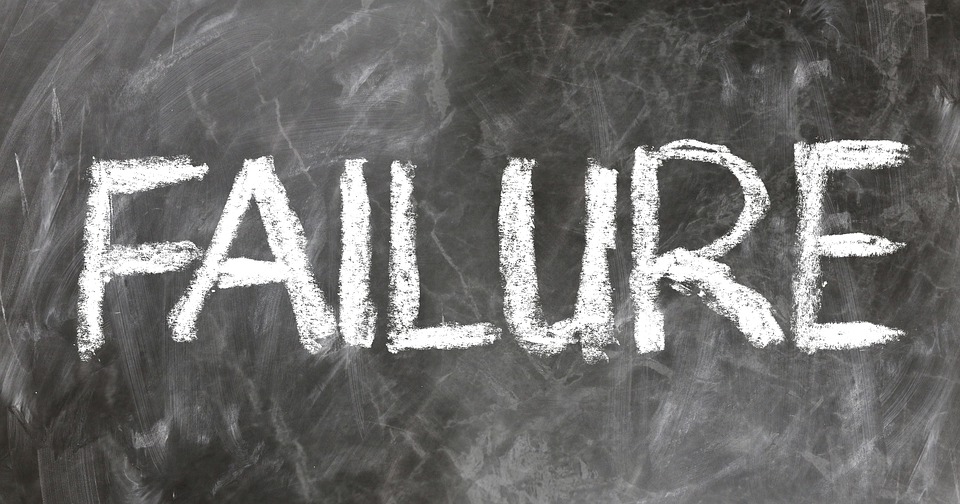Discovering the Failure Rate of Business
Due to the effects of the pandemic, many people ventured into business. But some assumed that 50 percent of start-up businesses fail. Here are facts about the failure rate of business that you should know.
Respectively, a study was conducted to examine the failure rate of businesses. First and foremost, the failure of a business is defined as businesses that weren’t able to continue their operations a year after. However, there are various reasons why business owners decided to discontinue their businesses like retiring or selling the business for new ownership.
Moreover, Fundera stated that 20 percent of new businesses fail in their first year while 30 percent fail in their second year. “By the end of the fifth year, about half will have failed. And by the end of the decade, only 30 percent of businesses will remain — a 70 percent failure rate,” the report added.
Another factor why the failure rate of business varies is the annual variances. Experts have found out that every single year, the failure rate varies between 15 to 25 percent. Economic conditions have significantly attributed to the changing data.
Having said that, major outliers like COVID-19 made the industries, sectors, and many businesses suffer. Thus, we expect that the failure rate of businesses in 2020 is high.
Interestingly, industry variance should also be accounted in the varying failure rate. Since the pandemic hit last year, the health-related business has a failure rate lower than the average. More people nowadays prioritize health which created a high demand for health-care services.
Small businesses should not be threatened with the numbers projected as the failure rate of businesses. This rate can be considered as a warning for all start-ups to be cautious about their decisions as they journey in the world of business.
The factors indicated above are vital in guiding new businesses. These may be symptoms of failure if businesses will not prepare for worst-case scenarios. The failure rate of businesses can be considered as calculated risks.
“We tend to be optimistic when evaluating our endeavors due to the overconfidence effect, but statistics can keep us realistic and pragmatic,” the Entrepreneur reported.
It is important to note that small businesses should not be wary about the failure rate but on the factors that might hinder them to prosper in the future.


